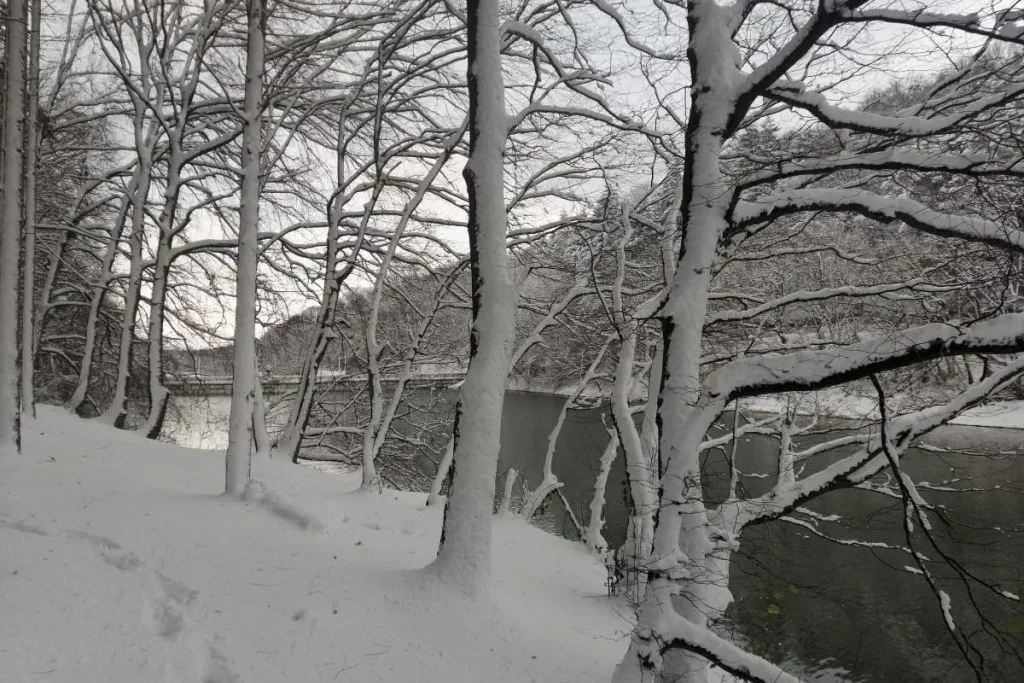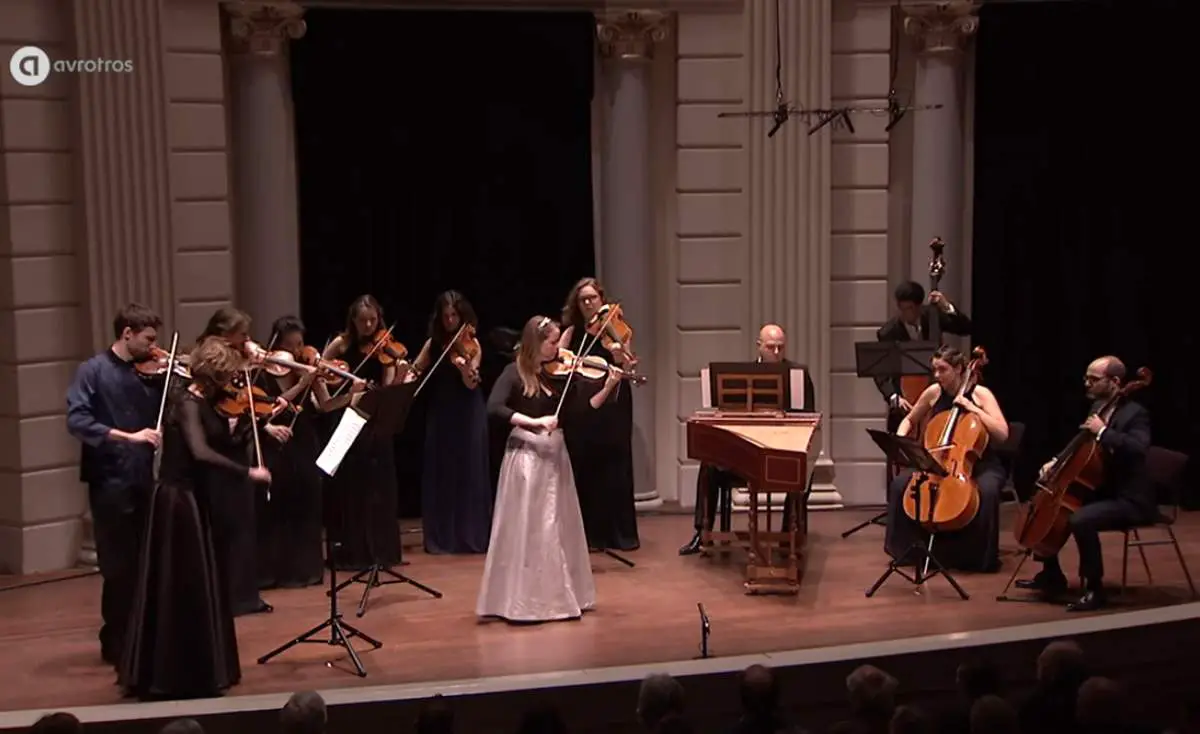Accompanied by the Orchestre Royal de Chambre de Wallonie (Royal Chamber Orchestra of Wallonia), the Latvian virtuoso violinist Philippe Hirschhorn plays Antonio Vivaldi’s Winter (L’inverno) from The Four Seasons (Le quattro stagioni).
Antonio Vivaldi’s Winter from The Four Seasons
Vivaldi’s “Winter” (L’inverno) is the final concerto in his famous work The Four Seasons, composed in 1723. This set of four violin concertos, each representing a different season, is one of the most beloved and enduring compositions in classical music. “L’inverno,” like the other stagioni, is accompanied by a sonnet, likely written by Vivaldi himself, which vividly describes the scenes and emotions evoked by the music.
“Winter” is characterized by its stark, dramatic contrasts, capturing the chill and harshness of the season. The music vividly portrays the biting cold, icy winds, and moments of warmth, making it a powerful and evocative piece. Vivaldi’s use of rapid violin passages, abrupt changes in dynamics, and inventive orchestration brings the winter landscape to life, engaging the listener’s imagination.
Movements
- Allegro non molto: The opening movement vividly captures the harshness of winter, with shivering strings depicting the freezing cold and biting winds. The violin imitates the chattering of teeth and the wind’s sharp gusts, creating an intense and dynamic atmosphere. This movement contrasts fast, intense passages with sudden pauses, evoking the unpredictability of winter weather.
- Largo: The slow, serene second movement offers a respite from the cold, depicting a peaceful scene of warmth. The solo violin plays a lyrical, flowing melody over a gentle pizzicato accompaniment in the strings, representing the warmth of a cozy fire while the cold remains outside, untouched.
- Allegro: The final movement returns to the harshness of winter, portraying the thrill and danger of slipping on ice. The violin’s rapid, swirling passages depict the struggle to maintain balance on the ice, while moments of stillness suggest the cautious movements required in such conditions. The movement ends with a sense of triumphant resilience against the winter’s challenges.
The Poems of Winter
Unusually for the time, Antonio Vivaldi published the concerti with accompanying poems (possibly written by Vivaldi himself). Here are the poems of the Winter concerto.
1st movement: Allegro non molto
Aggiacciato tremar trà neri algenti
Al Severo Spirar d’orrido Vento,
Correr battendo i piedi ogni momento;
E pel Soverchio gel batter i denti.
Shivering, frozen mid the frosty snow in biting, stinging winds;
running to and fro to stamp one’s icy feet, teeth chattering in the bitter chill.
2nd movement: Largo
Passar al foco i di quieti e contenti
Mentre la pioggia fuor bagna ben cento
To rest contentedly beside the hearth, while those outside are drenched by pouring rain.
3rd movement: Allegro
Caminar Sopra ‘l giaccio, e à passo lento
Per timor di cader gersene intenti;
Gir forte Sdruzziolar, cader à terra
Di nuove ir Sopra ‘l giaccio e correr forte
Sin ch’ il giaccio si rompe, e si disserra;
Sentir uscir dalle ferrate porte
Sirocco Borea, e tutti i Venti in guerra
Quest’ é ‘l verno, mà tal, che gioja apporte.
We tread the icy path slowly and cautiously, for fear of tripping and falling.
Then turn abruptly, slip, crash on the ground, and, rising, hasten on across the ice lest it cracks up.
We feel the chill north winds coarse through the home despite the locked and bolted doors…
this is winter, which nonetheless brings its own delights.

Sources
- The Four Seasons (Vivaldi) on Wikipedia
